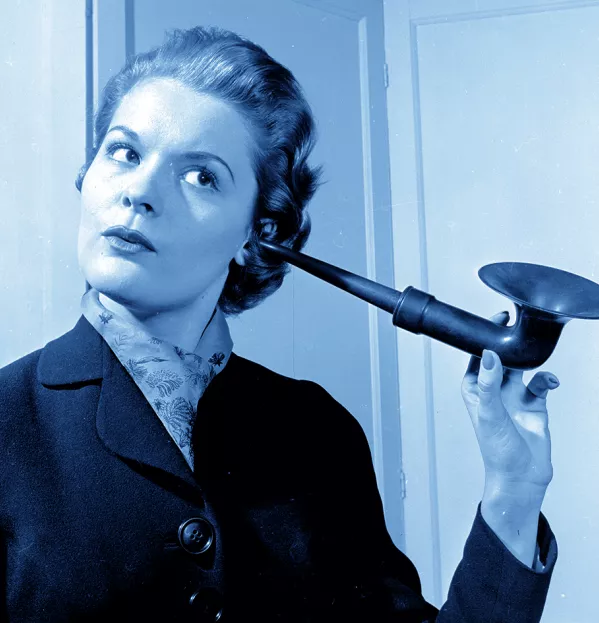Student voice can help transform schools for the better

Think of media portrayals of teenagers as monosyllabic hoodie-clad ne’er-do-wells. Think of moral panics over any youth music tribe, from mods and rockers through punk to drill. Think of the braying derision that greeted 16- and 17-year-olds being given the vote for the Scottish independence referendum.
Then take a look at some of the positive online reactions to the award-winning essay by Edinburgh schoolgirl Harriet Sweatman (see bit.ly/HSessay), which saw people reeling at the sight of elegant prose springing from a 16-year-old as if it were a revelation that teens can express themselves beyond the occasional grunt.
Is it any wonder that “student voice” is an idea in its infancy? The very concept of “teenagers” really emerged only in the 1950s and, whether accurate or not, films of the time depicted teens as inarticulate, intransigent and seething with frustration (plus ça change).
In Rebel Without a Cause, James Dean roared at his parents, “You’re tearing me apart!” In The Wild One, Marlon Brando’s brooding title character, when asked what he’s rebelling against, replies: “What have you got?”
It is this sort of youthful disdain and unpredictability that can make the idea of student voice seem like a Pandora’s box. Sweatman’s essay was a scathing indictment of the Scottish education system and, while it was celebrated by many, there must have been plenty of school leaders breaking into a cold sweat at the idea of one of their pupils writing such a piece.
When we interviewed outgoing children’s commissioner Tam Baillie in 2017, student voice was the area above any other where he wanted to see more progress. Although it had become a common idea in schools, Baillie felt it was often tokenistic and that pupils had little real influence: it’s one thing to ask them what colour the canteen should be painted, quite another to seek pupils’ views on where teaching is falling short.
As one headteacher said to me last week, you have to accept that it’s almost a rite of passage for teenagers to rail against the institutions and rules laid down by their forebears: no matter how good a school, they’re unlikely to be singing from the rooftops about it. But if you’re prepared to take the rough with the smooth, she said, genuinely giving pupils a voice will make your school a better place.
In 2018, Scotland’s Year of Young People, there was plenty of encouragement for pupils of all ages and in all sectors to express themselves. A shining example is Spartans Alternative School in Edinburgh. Its manager, Emma Easton, previously worked for many years in the mainstream sector. Last week, she wrote about how moving to Spartans shook her complacency about giving young people a voice (see bit.ly/SpartansEE).
She would propose ideas at her new school, and the question that always came back from her youth worker colleagues was: “Have you asked the young people?” Easton began to realise that, despite thinking she had always placed personalisation at the heart of her practice, “rarely did I wholeheartedly put the students’ views at the centre of my planning”.
Now, she is a convert to what she sees as true student voice: “We must listen, let slip our mask of authority and allow ourselves to be open to what they can teach us.”
The irony is that, as the clamour grows to give pupils more of a say in school life, the long-awaited Headteachers’ Charter has just set out how more power should be devolved to heads (see bit.ly/HeadsCharter). But this is not based on an old-fashioned idea of power as something to be wielded: the aspiration, we’re told, is to give more freedom to heads to decide where their priorities lie, in the hope of fuelling innovation and liberating them from bureaucracy and other people’s agendas.
And if that makes sense for school leaders, surely it makes sense for students, too.
@Henry_Hepburn
This article originally appeared in the 22 March 2019 issue under the headline “Students could teach schools a thing or two, if we’d only listen”
You need a Tes subscription to read this article
Subscribe now to read this article and get other subscriber-only content:
- Unlimited access to all Tes magazine content
- Exclusive subscriber-only stories
- Award-winning email newsletters
Already a subscriber? Log in
You need a subscription to read this article
Subscribe now to read this article and get other subscriber-only content, including:
- Unlimited access to all Tes magazine content
- Exclusive subscriber-only stories
- Award-winning email newsletters